10 Surprising Reasons Why Your Hip Might Be Hurting
That persistent ache in your hip—is it just "getting old," a workout strain, or something far more complex? Hip pain is notoriously deceptive, often radiating from unexpected sources, making it one of the body's most frustrating mysteries. What begins as a dull throb in your groin could hint at a deep joint issue, while a sharp pang in your outer buttock might signal soft tissue distress. Even more surprising? Your lower back could be secretly orchestrating the discomfort. Pinpointing the true culprit is critical, because treating the wrong source means endless frustration. This article unveils 10 surprising reasons why your hip might be hurting, unmasking the hidden origins behind this common ailment and guiding you toward the precise relief you truly need.
1. Arthritis
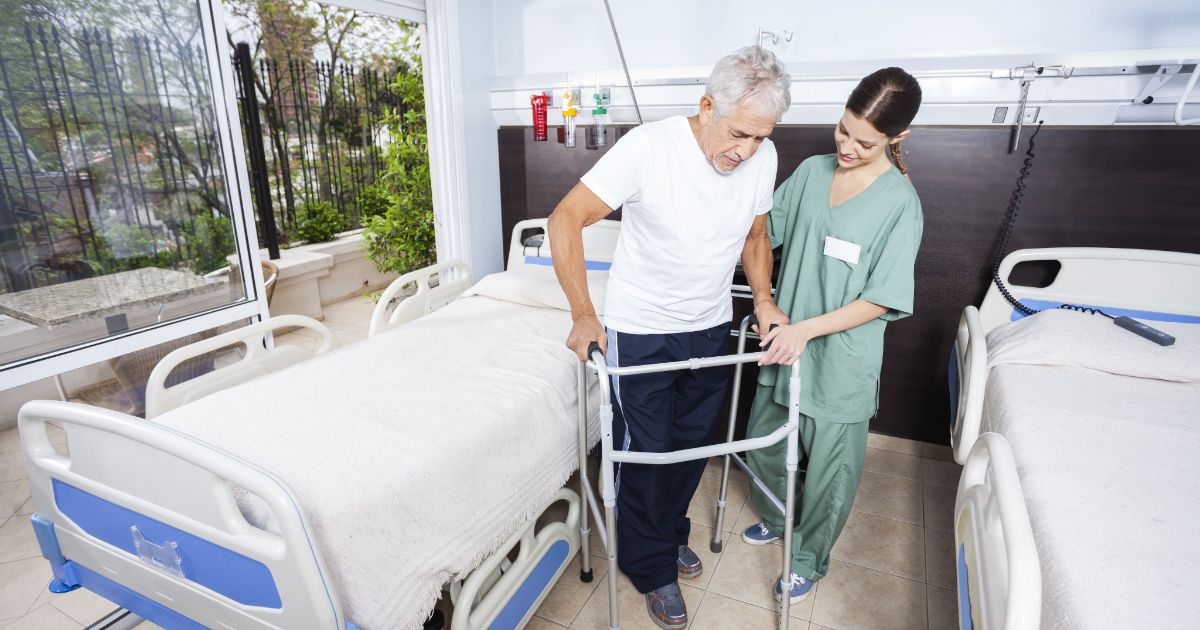
There are more than one hundred identified types of arthritis, many of which affect the hips. The causes and progression of different arthritis vary widely, as does the age of onset. Some types of arthritis that involve the hips are septic arthritis, psoriatic arthritis, juvenile idiopathic arthritis, osteoarthritis, and rheumatoid arthritis. Osteoarthritis is the type of arthritis that occurs most commonly, with millions affected. With osteoarthritis, the cartilage responsible for cushioning the patient's bones slowly wears down, causing the bones to grind painfully together. Osteoarthritis has the potential to damage any joint, but it most commonly presents in the spine, hips, knees, and hands. On the other hand, rheumatoid arthritis is an autoimmune condition, and it occurs when the immune system mistakenly attacks the body's healthy tissue. In rheumatoid arthritis, the immune system attacks the lining of an individual's joints, causing the joint to swell up painfully. As time goes on, the disease causes permanent joint deformity and bone erosion. The inflammation associated with rheumatoid arthritis can also cause damage to other portions of the body.
2. Hip Fracture
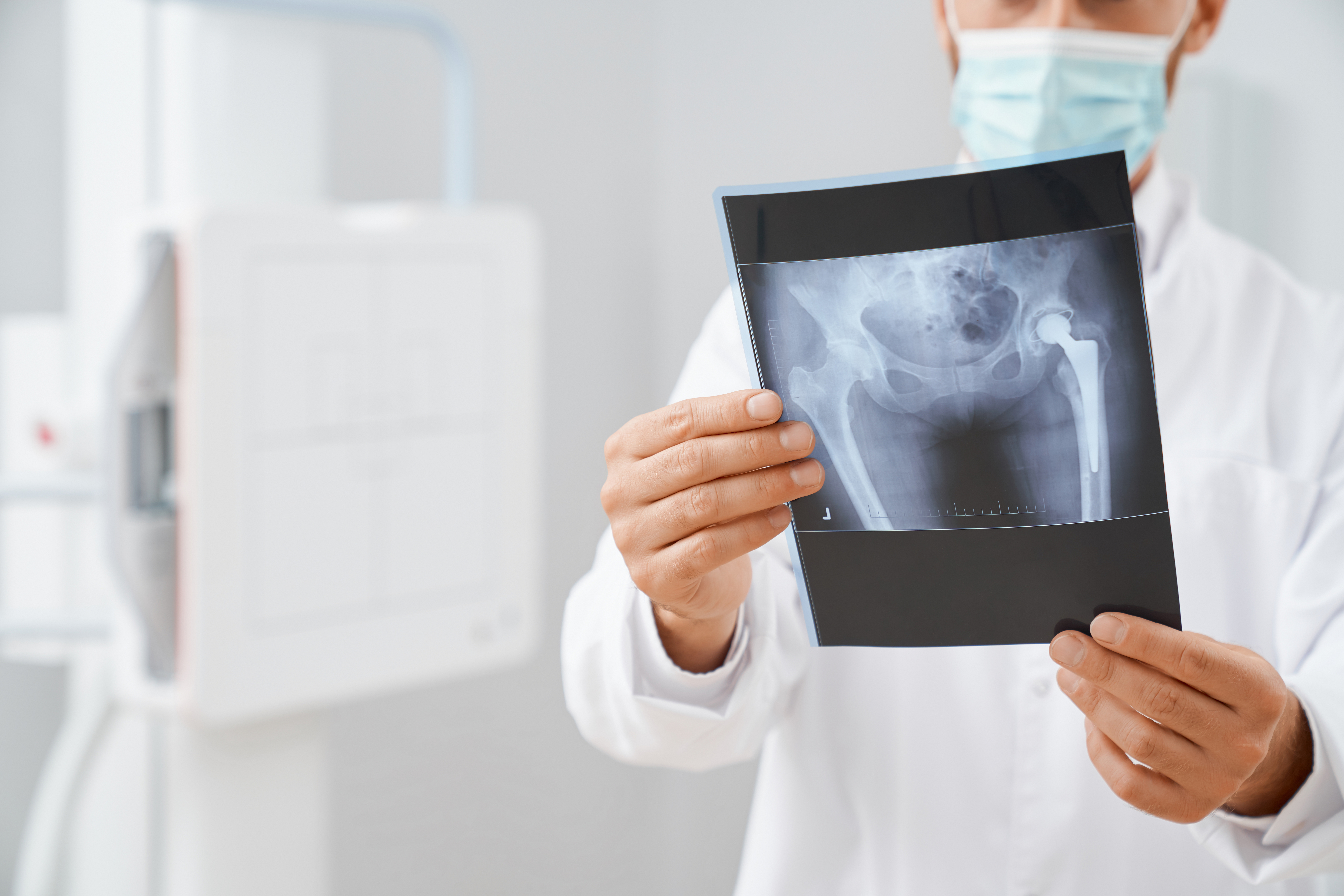
A hip fracture, also called a broken hip, is one of many injuries that can cause hip pain. Any kind of fracture is a medical emergency that requires immediate help. It is especially important for individuals to get help if they're elderly or have more fragile bones because of another condition. The complications from this injury can cause life-threatening problems. One of the most common reasons behind hip fractures is tripping and falling. Older individuals are more likely to fall because of balance issues, declining vision, and multiple medications with varying side effects. Nearly every type of hip fracture needs to be repaired with surgery or a hip replacement, and physical therapy takes place after surgery. The best way to prevent hip fractures is for individuals to maintain their overall bone density and take steps to avoid falling. A hip fracture tends to cause severe pain in the groin or hip. Patients may also notice the leg on their injured side is shorter, that they have trouble straightening this leg, and that they can't put weight on the leg.
3. Muscle Strain

A muscle strain is another kind of injury that can cause pain in the hip, though it's much less serious than arthritis or a fracture. Muscle strains aren't progressive, and they aren't usually emergency medical conditions. Strains occur in the muscles or the tendons that attach bones to muscles. Sprains occur in ligaments, which are bands of soft tissue that connect bones. Both a muscle strain and muscle sprain cause similar symptoms in the hips, such as aching on the outer hip, thigh, and buttocks. Other symptoms include bruising, swelling, pain, and a limited range of motion. Affected individuals might also feel or hear a 'pop' when the injury occurs. A mild sprain can be treated at home with rest and over-the-counter painkillers. If individuals think they may have a fracture rather than a sprain or strain, they should see a doctor right away. Reasons to seek emergency care include pain directly over bones that comprise the injured joint, an inability to bear weight or move the joint, and numbness in any portion of the injured site.
4. Bursitis
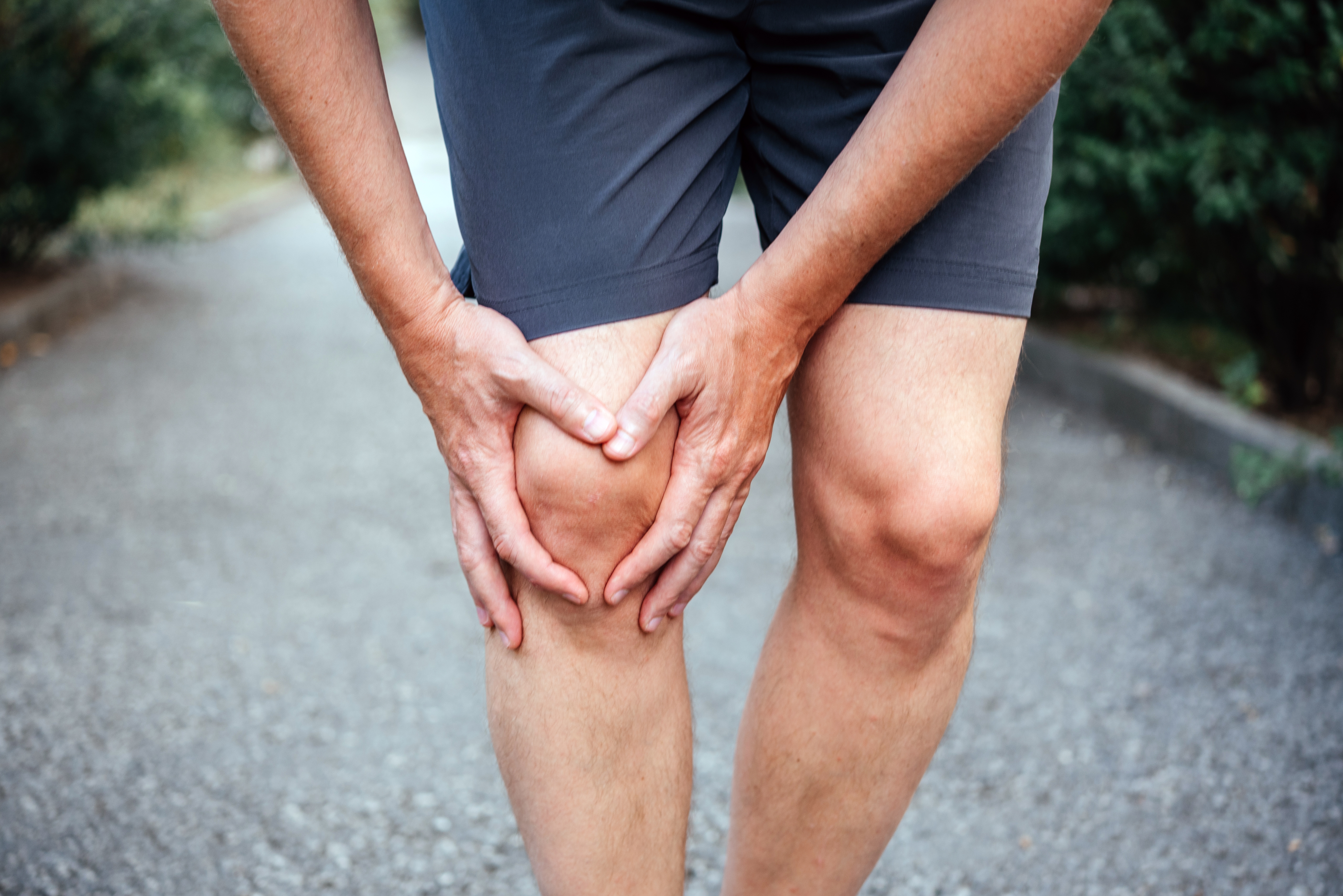
Bursitis, which occurs when the bursae in the body become inflamed, can affect many joints throughout the body. Bursae are fluid-filled and small sacs that help cushion the muscles, tendons, and bones that make up an individual's joints. In addition to the hip, the other two most common locations of bursitis flareups are the elbow and shoulder. The condition can also occur in the big toe, heel, and knee. It is common for bursitis to develop around a joint that frequently performs repetitive motions, and usually, resting the joint and protecting it is enough to treat the condition. Most bursitis pain subsists after a few weeks if the affected individual rests enough. It is common, however, for patients to experience recurring flareups. Bursitis can make the hip joint hurt when individuals press on it or move it. Their hip may feel stiff and achy, and it may look red and swollen.
5. Tendinitis

Tendinitis is irritation or inflammation of one of an individual's tendons, which are thick cords of tissue that attach muscles to bones. Tendinitis leads to tenderness and pain on the outside of the joints. The condition can develop in any tendon throughout the body, but most cases involve the heels, knees, wrists elbows, or shoulders. If tendinitis affects an individual's hip joint, it can cause hip pain. Any of the tendons that attach an individual's muscles to their hip bones can become inflamed. The symptoms usually present where the tendon meets the bone. Most patients experience a dull aching that worsens when they move their affected joint, general tenderness in the affected area, and minor swelling. Most cases heal on their own with rest, but patients should call a doctor if their symptoms don't get better after a few days of rest.
6. Sciatica: The Nerve's Deceptive Radiance
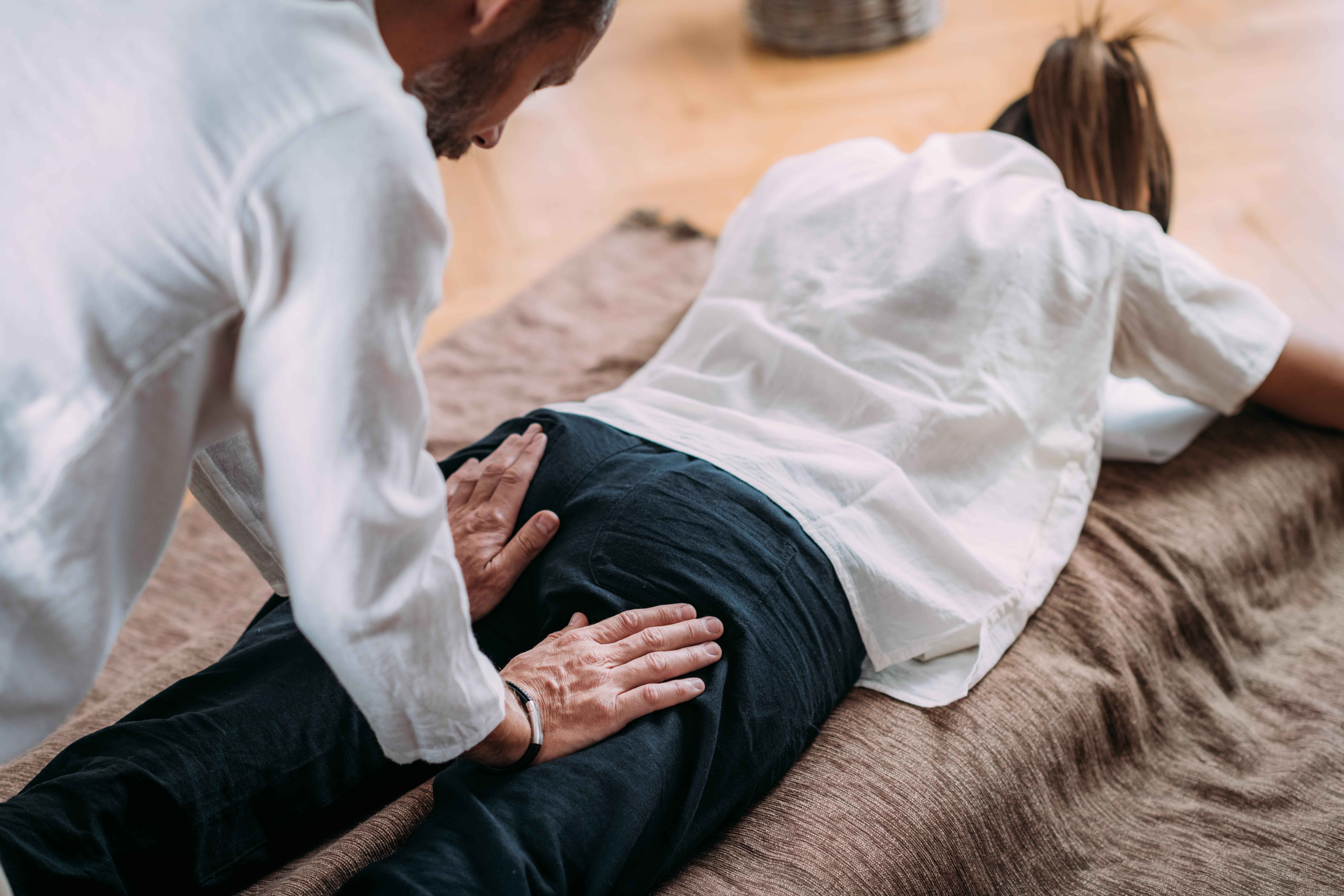
Sciatica, a common source of referred hip pain, often tricks individuals into thinking their hip joint is the primary culprit. This isn't a direct hip issue but a nerve compression. It occurs when the sciatic nerve, running from the lower back down the leg, becomes irritated or pinched, often by a herniated disc. The ingenious aspect is that the pain can radiate intensely through the buttock, deep into the hip, and even down the leg, mimicking direct hip problems. Recognizing this radiating, often sharp or burning, pain as originating from the spine is crucial for effective treatment, focusing on nerve decompression rather than just hip joint remedies.
7. Sacroiliac (SI) Joint Dysfunction: The Unstable Foundation

Often overlooked, dysfunction in the sacroiliac (SI) joint – located where the spine meets the pelvis – can cunningly manifest as significant hip pain. This isn't a hip joint problem, but a misalignment or inflammation in the joint that transmits forces between the upper body and legs. Pain typically presents in the lower back, buttock, or outer hip region, often worsening when sitting, standing on one leg, or climbing stairs. Its deceptive nature lies in its ability to mimic both hip and lower back issues, requiring precise diagnosis to stabilize this crucial, often misbehaving, foundational joint.
8. Femoroacetabular Impingement (FAI): The Hip's Hidden Pinch
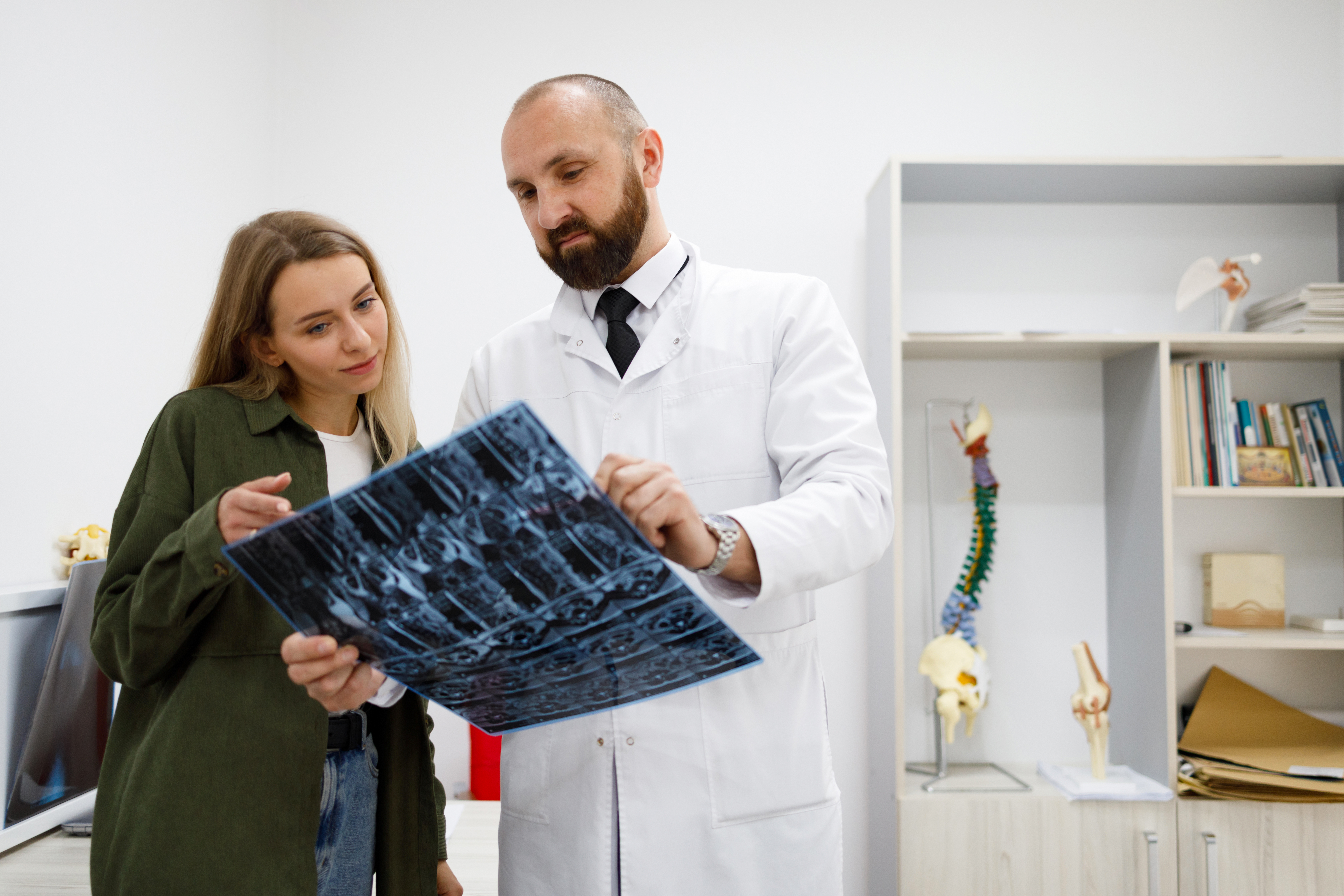
FAI, or "hip impingement," is a less obvious cause of hip pain resulting from an abnormal bone shape within the hip joint itself. This isn't wear-and-tear; it's a structural issue where the thigh bone (femur) or hip socket (acetabulum) unnaturally "impinges" or rubs during movement. Pain is typically felt in the groin or outer hip, often with activities like squatting, turning, or sitting for long periods. Its insidious nature is its progressive damage to cartilage and labrum if left untreated, making early detection of this subtle anatomical mismatch crucial for preserving joint health.
9. Labral Tear: The Cartilage Compromise

The labrum is a ring of cartilage that lines the hip socket, providing stability and cushioning. A tear in this labrum, often subtle and insidious, can cause sharp, clicking, or locking sensations in the hip, along with a deep groin pain that might spread to the buttock. This isn't always from a major injury; it can result from repetitive motion (e.g., long-distance running) or FAI. The deceptive part is that initial pain might be mild or intermittent. Recognizing these specific mechanical symptoms is key, as a labral tear requires targeted intervention to restore hip function and prevent further joint damage.
10. Snapping Hip Syndrome: The Auditory Anomaly

While often more annoying than painful, Snapping Hip Syndrome can indeed be a source of discomfort and a startling indicator of underlying issues. This occurs when a muscle or tendon (most commonly the iliotibial band or iliopsoas tendon) "snaps" over a bony prominence around the hip joint. The ingenious aspect is the audible "snap" or "clunk" accompanying movement, often during walking or hip flexion. While usually harmless, it can cause inflammation and pain. Identifying the specific tendon involved is key to treatment, usually through stretching, physical therapy, or, rarely, surgery.
Decoding Your Discomfort: The Path to Precise Hip Pain Relief
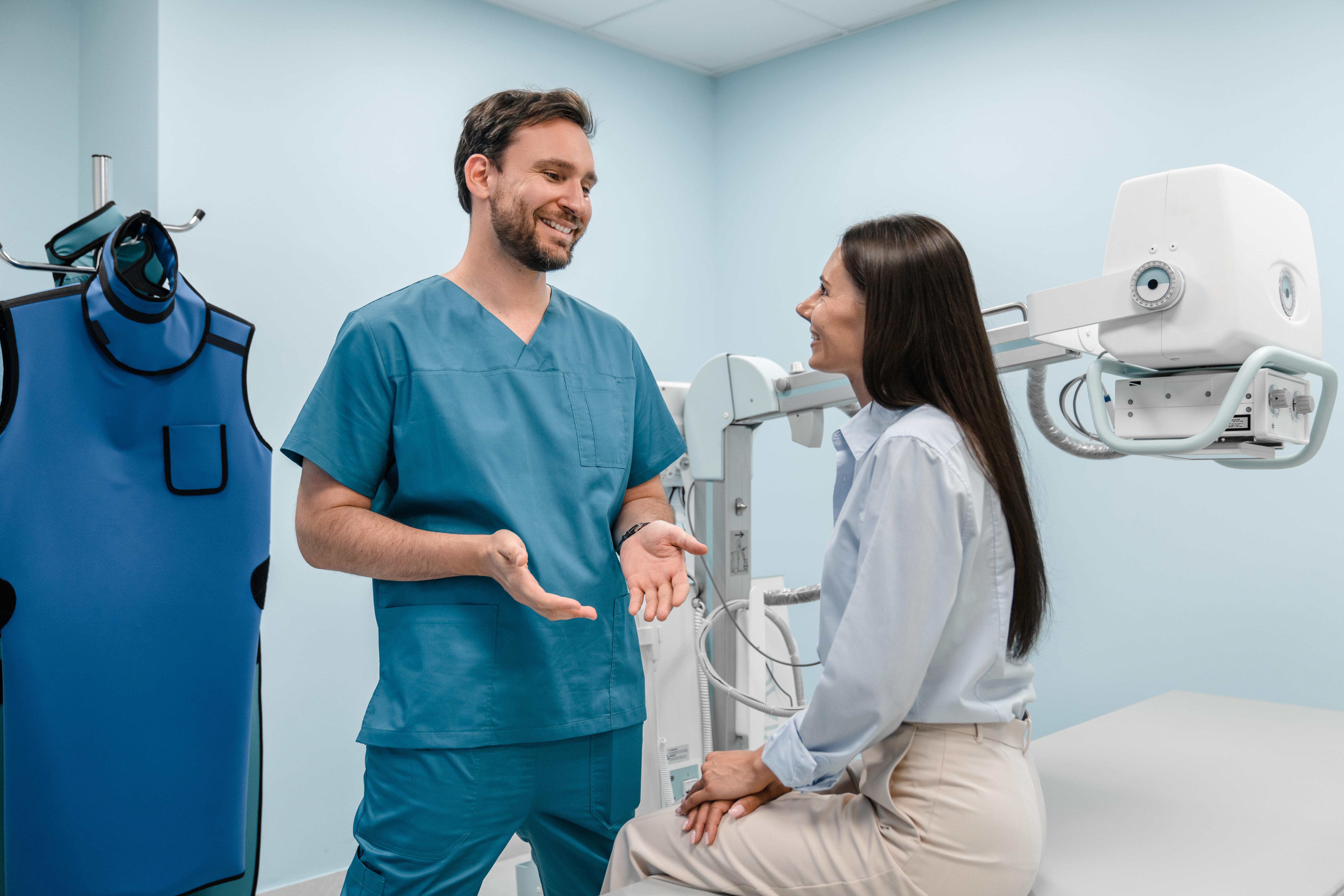
Hip pain is notoriously complex, a subtle symphony of potential culprits often masked by deceptive symptoms. As these 10 surprising reasons reveal, pinpointing the true source—whether it's a deep-seated joint issue like FAI, the radiating torment of sciatica, or the insidious grind of arthritis—is paramount. Your body's signals are ingenious, but they demand astute interpretation. Armed with this comprehensive understanding, you are empowered to seek precise diagnoses and targeted treatments. Don't let persistent hip discomfort dictate your life; by decoding your pain, you unlock the clear path to lasting relief, renewed mobility, and a future of confident, pain-free movement.
